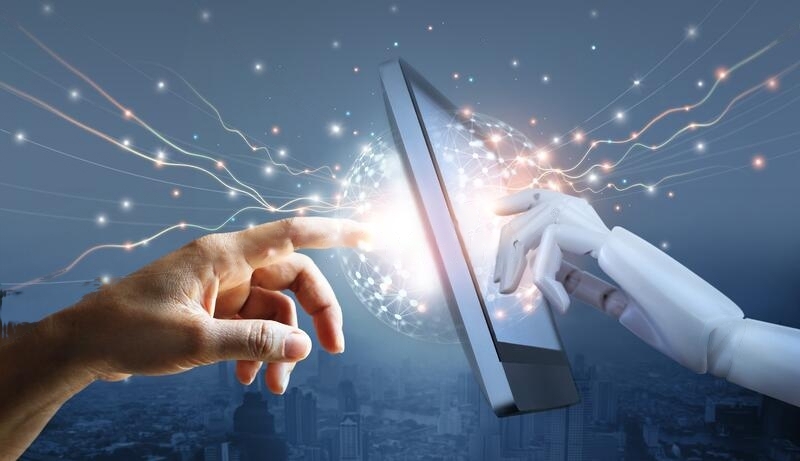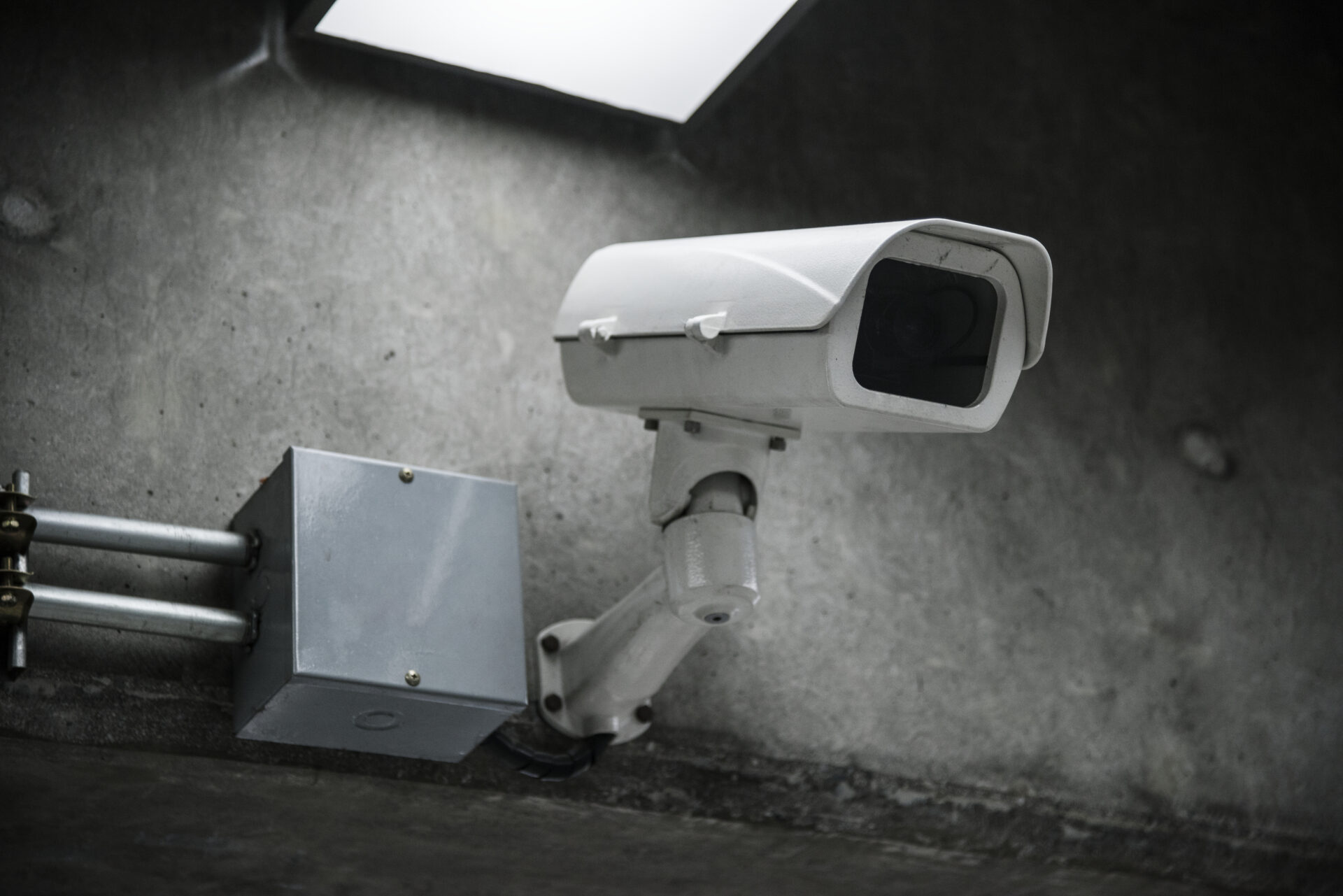- What are video analytics?
- A brief history of video analytics
- How does video analytics work?
- Benefits of video analytics
- Why Video Analytics are Used in CCTV/Video Surveillance
- What can video analytics detect
- Is video analytics suitable for your business?
What are Video Analytics?
Video Analytics Refers To The Process Of Using Computer Algorithms To Automatically Analyse Video Data In Order To Extract Information, Such As Tracking The Movement Of People Or Objects, Identifying Specific Individuals, Or Detecting Unusual Activity. It Is Used In A Variety Of Applications, Such As Security, Surveillance, And Marketing.
A Brief History of Video Analytics
Video analytics has its roots in computer vision and security systems, and has been in development since the 1990s. Early systems focused on simple tasks such as motion detection, but advancements in technology have led to more advanced capabilities such as facial recognition and behavioural analysis.
Today, video analytics is used in a wide range of industries, including retail, transportation and public safety.
Advanced video analytics also provide more industry-specific features and even AI generated reports and recommendations so that safety officers would have more time to focus on making better decisions.
How Does Video Analytics Work?
Video analytics work by using computer algorithms to analyse video data in real-time or offline. The process usually involves several steps.
Step 1) Video capture
Video is captured using cameras, which can be either analog or digital, and can vary in resolution and field of view.
Step 2) Video pre-processing
The video is pre-processed to remove noise and improve image quality. This step can include tasks such as image stabilisation, de-blurring, and colour correction.
Step 3) Video analysis
The video is analysed using algorithms that are designed to detect specific patterns or objects. The algorithms can be either rule-based, which are pre-programmed with specific rules, or learning-based, which use machine learning algorithms to learn from the data.
Step 4) Event detection
The video analytics system detects events, such as motion, objects, or faces, and generates alerts or triggers recording.
Step 5) Data management
The video analytics system stores and manages the data, which can be searched and retrieved by users as needed.
Step 6) Post-processing
The video analytics system can also provide further analysis and insights by processing the data offline. This step can include tasks such as counting people, identifying patterns and trends, and generating reports.
Benefits of Video Analytics

Video analytics can offer several benefits especially to high-risk workplaces such as construction sites, manufacturing factories, and storage and logistics warehouses.
Improved security
Having an AI powered video analytics software can improve security by detecting unusual activity, such as loitering or intruders, and trigger alerts or recording. In addition, Invigilo’s technology enables safety officers to detect for unauthorised personnel for restricted areas.
Increased efficiency & more cost-effective
Increased efficiency and cost-savings are another benefit of leveraging on AI advanced video analytics. Invigilo’s clients have reported a 40% decrease in effort needed by safety officers and 40% cost-savings after implementing Invigilo SafeKey video analytics. Companies can automate tasks such as monitoring people and vehicles and notifying alerts to safety officers, even create response plans and safety recommendations for safety officers to consider and implement.
Better decision-making
Video analytics can provide valuable insights by analysing patterns and trends from video data. Invigilo has a seamless and easy-to-use dashboard that allows safety officers to track patterns of safety violations and how they were managed as well as potential accidents that were prevented with the help of early detection.
Increased safety 24/7
No matter how vigilant we are, there’s always room for human error. AI video analytics can detect potential safety hazards and alert the appropriate personnel automatically. Safety officers can also manually input accident reports, making it a seamless integration of both human and technology. Additionally, this can run 24/7 with minimal maintenance required.
Why Video Analytics are Used in CCTV/Video Surveillance
Video analytics are used in CCTV or video surveillance to enhance the capabilities of traditional security systems. They can automatically detect and analyse activity within a video feed, such as detecting motion or identifying specific individuals, and can trigger alerts or recording. This can improve security by detecting unusual activity and enabling quick response to incidents.
Video analytics can also be used for tasks such as counting people or vehicles, which can provide valuable insights for businesses or organisations. Additionally, video analytics can be used for compliance purposes, in certain industries it is mandatory to record and store activity for a certain period of time.
Overall, video analytics can help make CCTV or video surveillance systems more efficient, cost-effective, and accurate.
What Can Video Analytics Detect?
Motion: It can detect movement such as a person, object or vehicle moving.
Facial recognition: Using biometric technology, our software can identify and match individuals based on their facial features and recognise their authorisation level to restricted areas.
Behavioural analysis: It uses algorithms to analyse the behaviour of people and objects in a video feed, such as proximity to heavy vehicles and machinery, edges without barricades, and vehicular management.
License plate recognition (LPR): LPR uses computer vision to identify and extract license plate numbers from vehicles to track and record vehicles coming in and out of the area.
Is Video Analytics Suitable For Your Business?

It depends on the specific needs and goals of your business.
Video analytics can provide valuable insights and improve security and efficiency, but it is important to carefully evaluate whether the costs and resources required to implement and maintain a video analytics system are justified by the benefits.
Some factors to consider when deciding whether video analytics is a right choice for your business include:
- The nature of your business and the specific risks and challenges it faces.
- The volume and nature of the video data you need to analyse.
- The available budget and resources to implement and maintain the system.
- The legal and regulatory requirements related to video surveillance in your industry.
- The availability of the right technical expertise to implement, operate and maintain the system.
Be at the forefront of your industry by incorporating and leveraging on AI technology.
You can book a free demo with us to get a first-hand experience on how Invigilo works and how it can be integrated into your company’s infrastructure.



